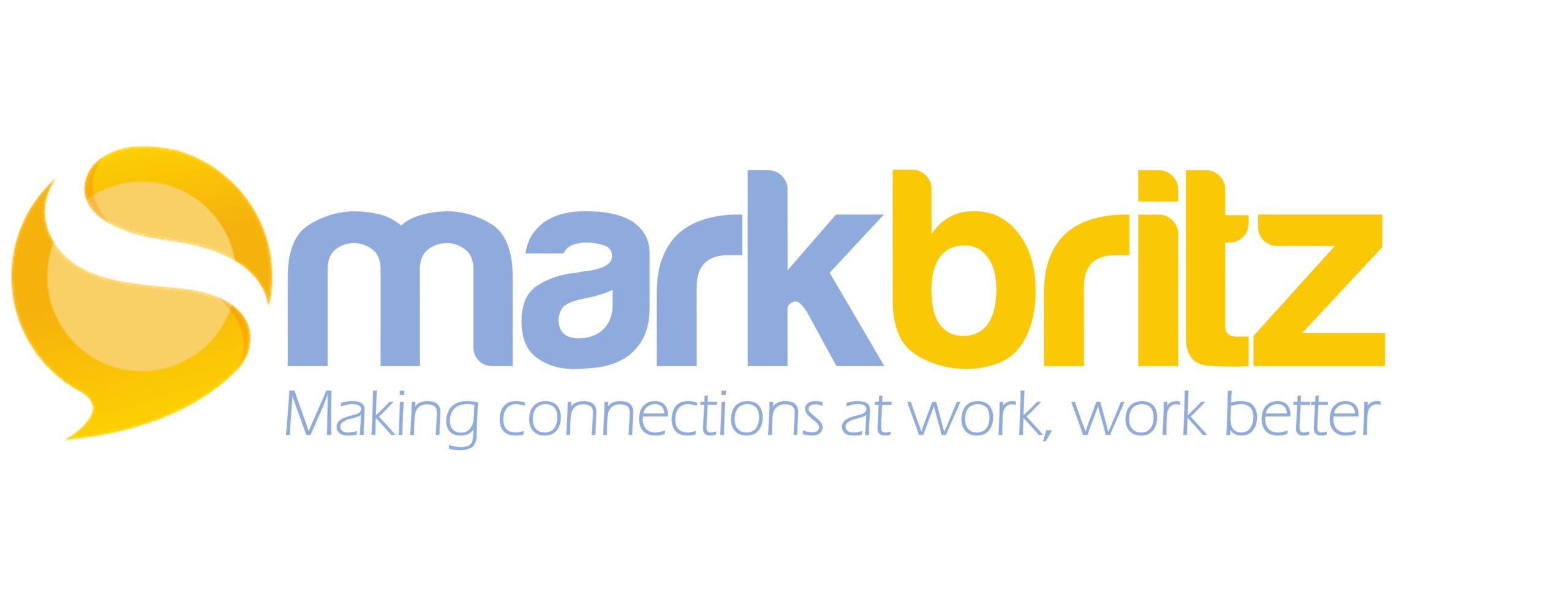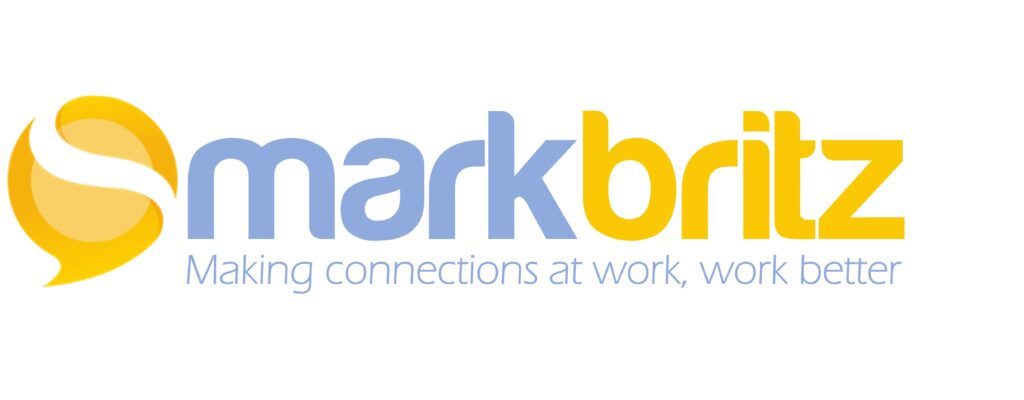That title would imply adoption of a social technology but really that is only part of our strategy. We’re “going social” as in placing people and connectedness at the heart of our performance ecosystem. It means we are focused on supporting and fostering relationships in a way that will better connect people for learning and working with and without the support of technology. Simply put, our goal is: to create a connected and continuous learning organization. Here is where we are focusing today:
1. Mentoring
We are dubbing it “Sponsored Mentoring” because it is formally supported and designed as opposed to only encouraging it. The vision is ultimately to create a mentoring culture and if successful the formal scaffolding can be taken down. Initially we are focusing on new hires in more of a buddy system. Eventually, as career pathing matures, mentoring will be a key activity in the journey. Along with this we hope to reinvent the IDP to have a more autonomous, transparent, and less pejorative leaning.
The 702010 forum has been invaluable in inspiring our approach. We have been careful to monitor current beliefs and approaches that exist in the organization. Melding these with our growing understanding should help the mentoring system gain a stronger foothold, or so we hope.
2. On Boarding
As noted above with Sponsored Mentoring, we are starting with new hires and working as closely as we can with current systems, approaches and understandings. Our managers tend to excel in project management but can struggle with people, motivation, and development. Time is not a luxury for them but we discovered in our research that managers and new hires were not on the same page in the first few weeks. Many discrepancies existed which contributed to inconsistent on boarding to systems, tools and team mates. Taking a page from
The Checklist Manifesto, we crafted our own tool with great input from managers. Easy to use and respectful of unique department needs, it lays out a day-by-day, week- by-week schedule of suggested tasks and activities for managers to use in on boarding. The idea was to build consistency, reduce frustration, increase productivity, and welcome a new hire in a way that didn’t create more work for the hiring manager. It’s a simple device really and that is all we really wanted here. If following the sequence, the hiring manager is guaranteed to have more contact with their employee who can often be remote and that is a step in the right direction.
3. Resources
Resources over courses is the motto. The majority of our workforce comes to us skilled up. And although its hard to break stakeholders of the “We Need Training” mindset, needs do arise. We are approaching it situationally through performance consulting with a training is the last option approach. Many of the processes and tools reside in the work and minds of our most senior people. Working with them as advisers, L&D guides them in the development of performance support tools to aid people in the work they do as opposed to taking them out of it. Many of the resources come in the form of job aids, PowerPoint decks and other traditional tools. These “pull” user-generated resources form the backbone of the “University Library” but we are aware that most don’t automatically turn to a library of resources for assistance, they turn to people first. Which leads me to number 4.
4. Sharing
Yes, our ESN plays a significant role but it is a solution among many that aligns to the vision of “Social at the Heart.” Our workforce is geographically dispersed so the need is there to connect to the remote corners. We know the journey will be long to have the Network supplant other methods of communication such as email and conference calling. And in its infancy we see the network is highly cooperative but not very collaborative. The platform is robust but we were able to customize and remove features and functionality to focus on really one activity – sharing. We are modeling, guiding, reinforcing the act of sharing what one knows, what one needs, and what one is doing. Some groups have been using the tool for more project work and as they grow in expertise and see the value we continue to promote them.
I like to think we are making progress…
What’s next?
- Curation
- Personal Knowledge Management
Helping our work force to develop into content curators and hone their broader but related personal knowledge management skill is key but will ultimately be the most challenging and longer-term. I think a more open and connected workforce at the organization, group and individual level will make some of this activity more apparent to each over time.
Mentoring, on boarding, resources and networking are the start. All serve to make the organization smaller. Our contention is that if we bring people closer in all ways then technology truly serves to support not lead people in their learning and work.


